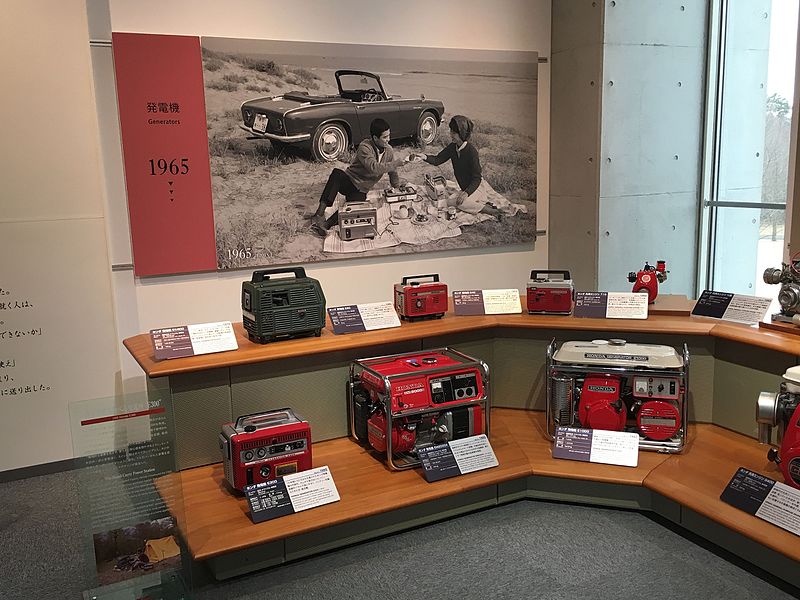Sonoma County has seen its fair share of storms and floods this past wet season, and the recent occurrence of Hurricane (turned Tropical Storm) Barry, that drenched areas of Louisiana and Mississippi, has reminded many of us how important it is to be prepared for stormy weather. During and in the wake of Barry, about 70,000 people in both of those southern states were without power. Some residents prepared for the storm by pulling out their generators. While they can certainly be invaluable at such times, it’s important to know how to keep you and your family safe while using them. According to the Consumer Product Safety Commission, or CPSC, generators can kill you very quickly when used improperly. At Dale Heating Cooling and Sheetmetal, we thought it might be a good idea to offer a few helpful tips on generator safety during a storm.
Generator related deaths
After Hurricane Irma, which hit Orlando, Florida in 2017, one family suffered three tragic losses when they decided to place their generator in the garage. The family members were poisoned by the carbon monoxide emitted from the portable generator. The silent killer crept into and through the house very quickly. At least eight more people reportedly suffered the same fate during the Florida storm. It’s also been reported that many more died from similar situations during Houston’s Hurricane Harvey and Puerto Rico’s Hurricane Maria. A North Carolina man died after Hurricane Florence from simply plugging in a generator. With the many possible ways that death can occur from generator use, it’s important to be aware of the dos and don’ts for using them.
Tips for safe use:
- Placement matters – Never run a generator in an enclosed space like inside a home or garage. It should be placed at least 20 feet away from the house. Inside use leaves you vulnerable to carbon monoxide poisoning. Also, do not place and run a portable generator in the rain. Using a tent to help keep them shielded is recommended.
- CO alarms – Ensure that you have at least two fully operational carbon monoxide alarms in your home. You should also keep working smoke alarms for emergency situations, and you should check the batteries regularly.
- Refueling – Turn off a gas-powered generator and let it cool before you refuel it. Spilling gasoline on hot engine parts can easily ignite. Store gas for your generator in a well-ventilated area, in a container that is approved by the American National Standards Institute.
- Electrical hazards – Ideally, you should have a transfer switch for connecting the generator to your circuit panel, allowing you to power hardwired appliances safely. If you don’t have one, you can use the outlets on the generator to connect appliances, but you must refer to and follow all safety precautions. Try to avoid using an extension cord and plug appliances directly into the generator. Do NOT plug the generator into a wall outlet in your home, as it presents an electrocution risk.
Final thoughts
Portable generators release more carbon monoxide than most cars, and it is particularly dangerous because it is odorless and invisible. Barry, Irma, Harvey, Maria, and Florence all left thousands without power and reliant on their portable generators, and many people died from the improper use of them. What can we learn from this? Generator safety is not something that any of us can afford to ignore. Data from the CPSC shows that there is an average of 66 generator related deaths each year. Don’t let anyone you know become one of the statistics. Have your generator checked by a licensed professional before using it again. Contact Dale Heating Cooling and Sheetmetal for help making your loved ones safe.

